Shoulder Labral Tear: A Comprehensive Guide To Recovery
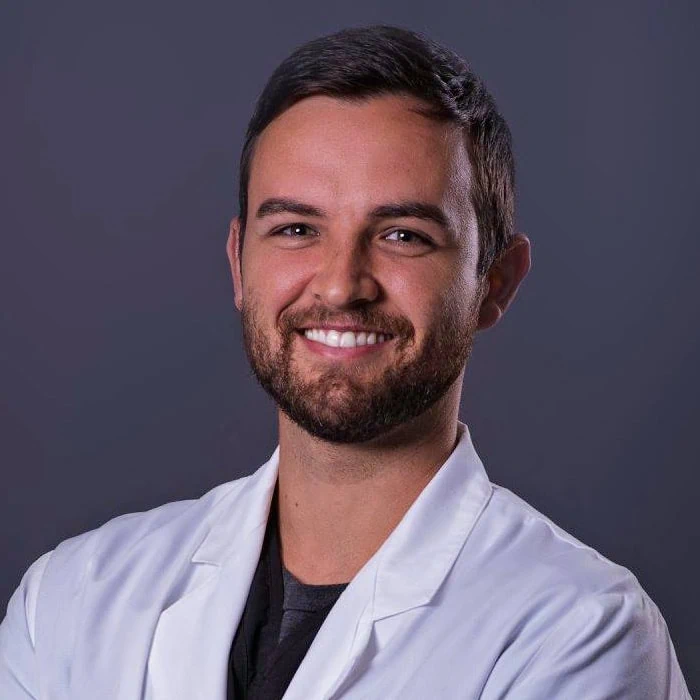
Medically Reviewed By:
A shoulder labral tear occurs when the shoulder’s labrum, a specialized fibrocartilage ring that stabilizes and cushions the joint, is torn or damaged. This injury can result from severe trauma, aging, or repetitive movements. Symptoms include pain, discomfort, and shoulder instability.
The first treatment for labral tears often involves pain medication. However, this approach can overlook underlying issues like rotator cuff tears or osteoarthritis, leading to further damage. A surgeon may prescribe surgery for labral tears when the tears are severe or cause shoulder instability. This surgery carries risks such as infection, extended recovery, and possibly incomplete healing.
Procedures using Regenexx injectates to treat shoulder pain utilize interventional orthobiologics to support the body’s natural healing process. The Regenexx approach offers patients a less invasive alternative that reduces the need for shoulder surgery or long-term use of prescription drugs.
Shoulder Labrum Anatomy and Functions
The shoulder connects three bones:
- The humerus, or upper arm bone.
- The scapula, or shoulder blade.
- The clavicle, or collarbone.
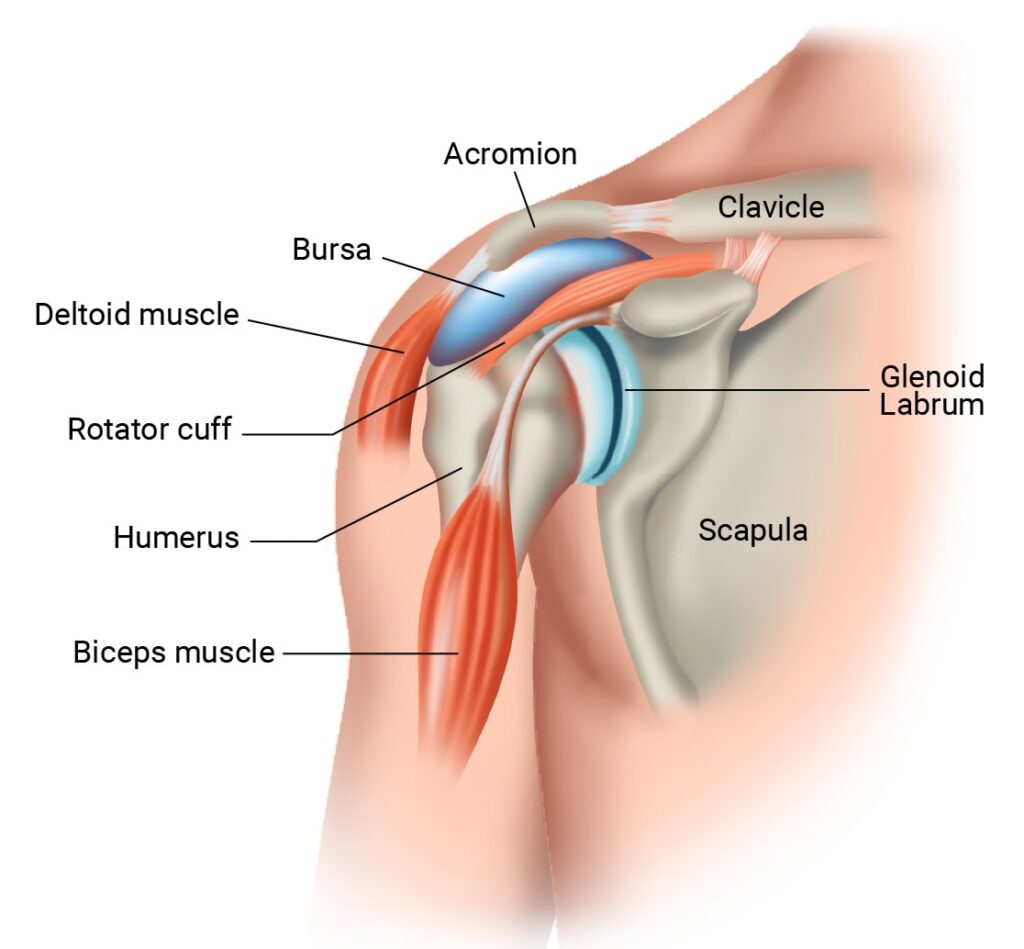
The shoulder’s main joint is the glenohumeral joint, which has a ball-and-socket structure. It connects the head of the upper arm bone, or the “ball,” to the shoulder blade’s socket, the glenoid.
This structure allows the arm to move in many directions but lacks stability because the socket that houses the “ball” is shallow. The labrum is a thick cartilage attached to the rim of the shoulder socket. It acts as a bumper, deepening the socket and helping to keep the ball of the upper arm bone securely in place. The labrum improves shoulder stability without significantly limiting motion.
What Is a Labral Tear in the Shoulder?
Labral tears are cartilage injuries. They occur when ongoing stress or trauma tear or disrupt the collagen fibers in the cartilage. They are common as people age and in active individuals, involved in sports.
Labral tears can be acute or traumatic, caused by sudden excessive pressure on the shoulder or shear forces, which move the cartilage in opposite directions, leading to tearing or fraying. A 2019 study suggests a quarter of asymptomatic ice hockey players report MRi evidence of shoulder labral tears.
Additionally, a torn labrum could result from another injury to the shoulder. The most common traumatic events leading to labrum tears include:
- Dislocations: When a bone is forced out of its normal positions in a joint.
- Subluxations: When a joint is partially dislocated. This means that the bones are slightly out of alignment.
When bones and other shoulder components slide out of place, they can pull on the labrum as they move. This pulling force can cause a tear.
Types of Labral Tears in the Shoulder
Labral tears are classified based on the area affected, their locations, and mechanisms of injury:
- Anterior labral tear (Bankart lesion). This tear occurs when the labrum is damaged at the front of the shoulder socket. It often happens due to a dislocation or repetitive overhead activities.
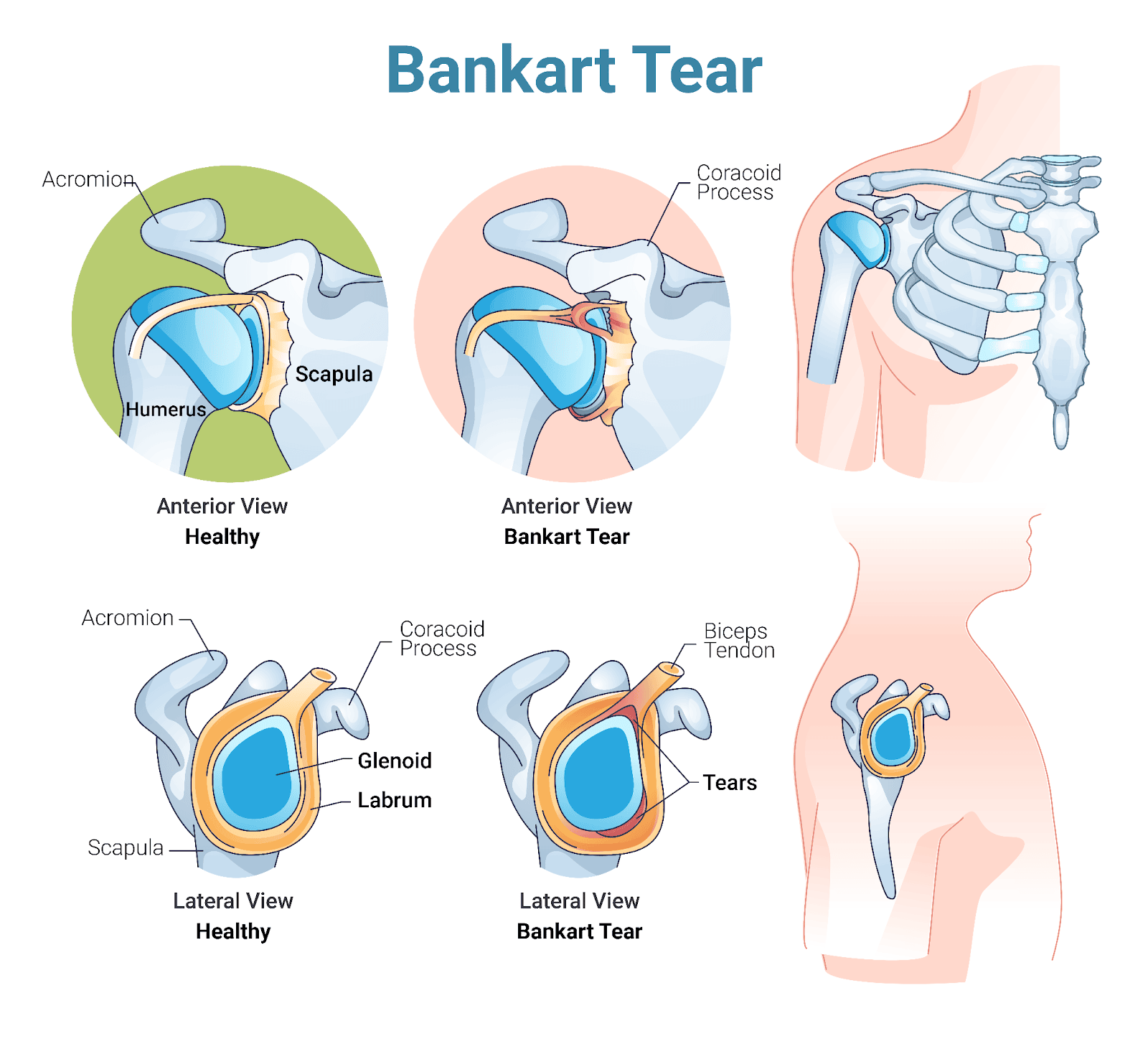
- Posterior labral tear (Reverse Bankart lesion). This tear affects the back of the labrum. It can occur from repeated twisting or compression forces, such as weightlifting or rowing. They are less common than Bankart or SLAP tears.
- Superior labrum, anterior to posterior tear (SLAP Tear). This tear affects the top part of the labrum where the bicep tendon attaches. It also loosens the connection between the tendon and the shoulder blade, causing pain and instability.
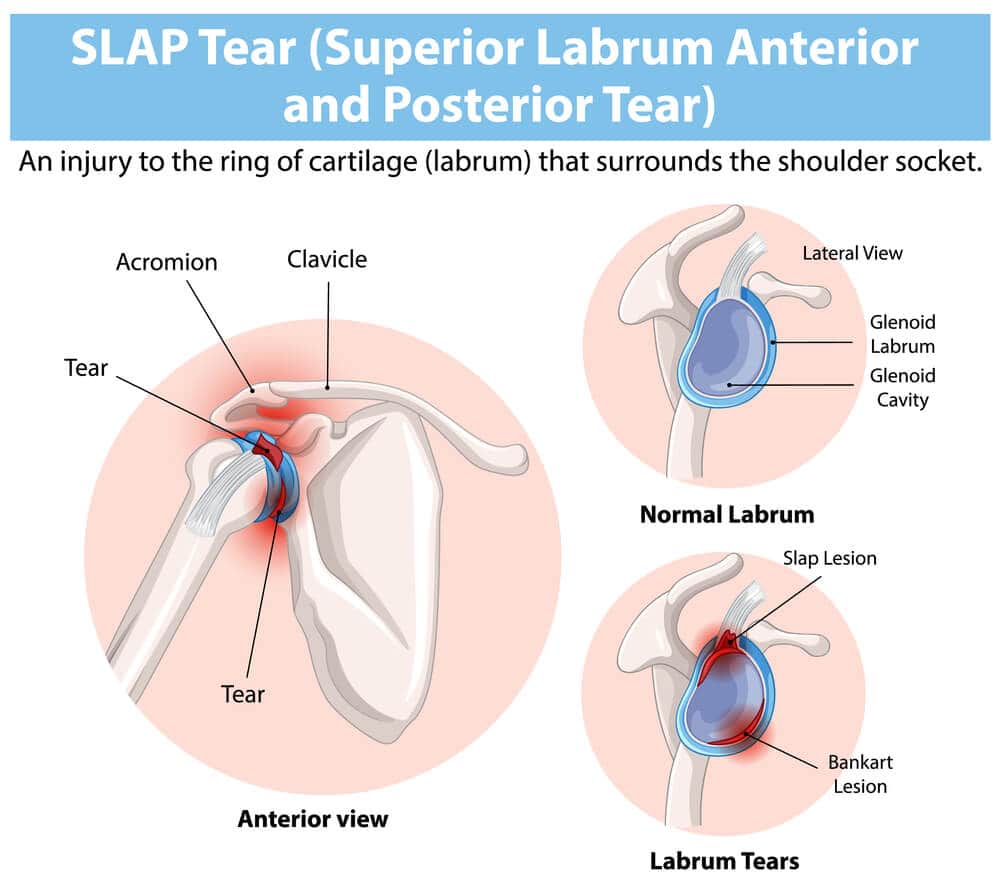
- Degenerative labral tear. This tear typically results from aging and general wear and tear. It may occur alongside arthritis and develop over time.
Labral Tears Symptoms
It is possible to have a labral tear without experiencing any symptoms. In one study, MRI scans showed that up to 70% of the shoulders of asymptomatic patients had signs of labral tears.
However, common symptoms of a labral tear include:
Pain and Swelling
Labral tears commonly cause pain deep within or around the shoulder joint. When the labrum tears, physical tissue damage triggers the inflammatory response, which is the body’s attempt to heal the injury. This response causes pain, discomfort, and fluid build-up, experienced as swelling.
Acute injuries show the most pain and inflammation shortly after the trauma. Sometimes, low-grade inflammation persists even after the labrum heals, leading to chronic pain.
Popping, Locking, or Grinding in the Joint
A sudden shoulder injury can cause a “popping” sound. This is a sign typical of tears and dislocations. After the injury, locking and grinding noises may also occur during movement.
A grinding noise is known as crepitus. It occurs because a torn labrum creates gaps and rough edges in the normally smooth shoulder joint. During arm movements, these irregular pieces catch and snag, causing audible noises, which may or may not be painful.
Loss of Range of Motion
A labral tear can restrict shoulder movement due to pain and swelling. It can also cause mechanical blockage from the torn tissue, which makes the shoulder feel “stuck” in certain positions.
Over time, reduced use causes muscular stiffness and reduced flexibility to set in. As a result, range of motion decreases even more.
Shoulder Dislocation
Shoulder dislocations often accompany labral tears. When the labrum is torn, the shoulder becomes less stable, making it easier for the upper arm bone to dislocate or slide out of position.
This increases the risk of further dislocations. A dislocated shoulder causes recurring damage to the labrum, leading to joint instability. This creates a cycle where each dislocation worsens the labral injury, and the weakened labrum makes dislocations more likely.
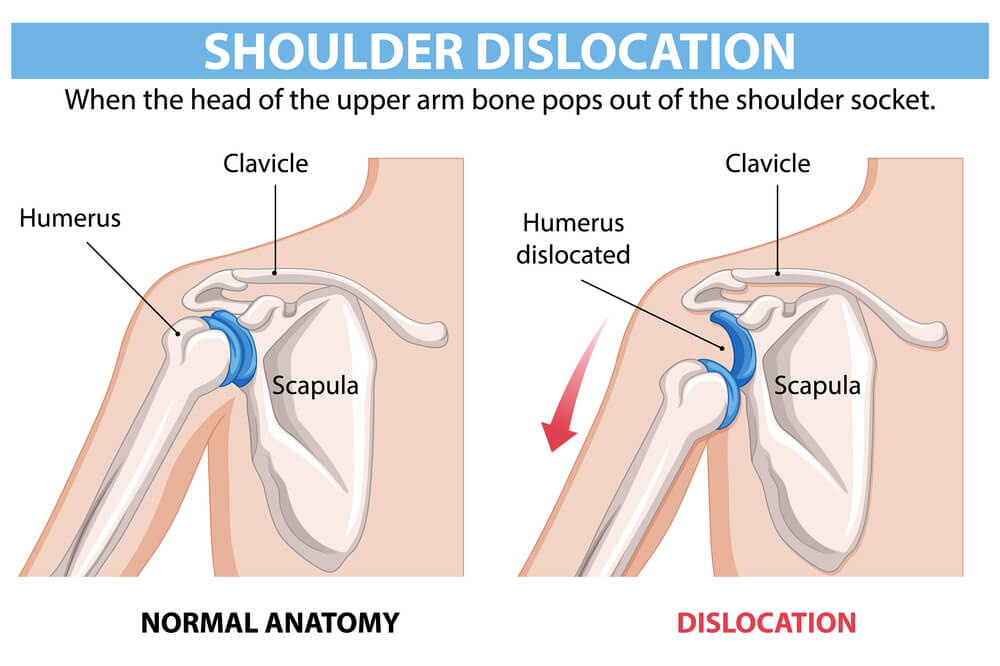
If a torn labrum is suspected to be at the root of frequent dislocations, a physician might recommend surgery. Before proceeding, it’s important to evaluate the pros and cons of shoulder dislocation surgery. This surgical intervention carries risks, including infection, ongoing instability, and damage to nearby shoulder components.
Additionally, it is associated with lengthy recovery times of 6-12 months.
Instability and Weakness
A torn labrum can make the shoulder feel unstable. A sensation of the shoulder “giving out” may be evident during throwing motions or overhead activities. This symptom occurs when the torn labrum loses its ability to keep the bones in place.
Difficulty Sleeping on the Affected Side
Shoulder pain from a torn labrum can make sleeping on the affected side difficult. Additionally, accidentally sleeping on the injured shoulder can compress already inflamed tissues. This results in worsened inflammation and pain and reduced sleep quality.
- Tight Pecs and Shoulder Pain: Tight chest muscles or pecs can contribute to shoulder pain by restricting movement and altering posture. This may lead to discomfort, reduced range of motion, and increased strain on the neck and upper back. Read More About Tight Pecs And Shoulder Pain.
Investigating the Causes and Risk Factors
Shoulder labral tears fall into two groups
- Acute tears: They result from sudden arm trauma, like falling on an outstretched arm.
- Degenerative tears: Occur due to the wear and tear of the cartilage due to age or repetitive use.
Causes and risk factors include:
- Frequent overhead movements: Throwing or lifting can cause small injuries called microtrauma. Over time, these can become tears.
- Poor posture: Slouching or a forward head position can stress the shoulder, making tears more likely.
- Degenerative changes: Age-related wear and tear can cause tears. This may happen even without any specific injury.
- Glenoid bone irregularities: Problems with the shoulder socket can make the labrum more prone to damage..
- Connective tissue disorders: Conditions like Ehlers-Danlos syndrome can increase joint laxity. This, in turn, causes undue friction and increases the risk of tears and degeneration.
- Scapular dyskinesis: Unusual shoulder blade movement patterns can damage the labrum by accelerating wear and tear.
- Prolonged crutch use: Incorrect crutch use can strain the shoulder. Over time, this can speed up cartilage damage.
- Previous shoulder surgeries: Scar tissue or changes in the shoulder mechanics after surgery can lead to tears.
- Sports with high shoulder engagement: Swimming, gymnastics, and high-shoulder-use jobs can increase labrum tear risk. This happens because these activities speed up wear and tear, making shoulder injuries more likely.
Diagnosing a Labral Tear in the Shoulder
A physician may use a combination of tools to diagnose a labral tear and exclude other conditions:
- A review of symptoms and medical history or events. These include past dislocations, genetic conditions, and previous shoulder surgery.
- Physical examination to assess pain and other symptoms during guided shoulder movements
- Magnetic resonance imaging (MRI) or ultrasound to visualize soft tissues.
- X-rays to rule out bone-related issues
Conventional Treatment Options
Conventional treatment options aim to reduce symptom intensity and improve shoulder mobility. They include non-surgical and surgical alternatives.
Non-Surgical Treatment Options
Non-surgical options are often the first line of treatment for shoulder labral tears. These methods aim to manage symptoms and promote recovery without invasive procedures:
- Conservative management: Rest and activity modification may help recovery by preventing damage, reducing strain, and easing the return to normal activities.
- Physical therapy: Specific exercises under the guidance of a physical therapist can help strengthen the shoulder muscles and improve the range of motion.
Surgical Interventions
Generally, physicians may suggest surgery in case of large labral tears that cause shoulder disability or when all else has failed. Surgical interventions aim to repair the labrum or improve joint pain and instability. Options include:
- Arthroscopic repair: The surgeon uses a small camera and surgical instruments in this surgery. These are inserted into the joint through a small incision to repair the torn labrum.
- Labrum repair surgery: This is a more extensive surgery to secure the torn labrum back to the bone using anchors.
Any surgical intervention comes with risks of infection and long rehabilitation periods. One study also mentions specific complications of labral repair, including:
- Failure of the anchors, which are small tools made of metal or plastic used to hold tissues together. They can fail if not placed properly or due to wear and tear.
- Chondrolysis is a rare condition that causes rapid cartilage destruction and the loss of joint space.
- Shoulder Labral Tear Surgery: Surgery for a shoulder labral tear involves repairing or trimming damaged cartilage in the shoulder socket. It is often performed arthroscopically to support joint stability and manage discomfort. Read More About Labral Tear Surgery.
How Successful Is Shoulder Labrum Repair Surgery?
Labral tear surgery often involves reattaching the biceps tendon to a different location to stabilize the shoulder. While this procedure can sometimes be effective, it typically involves risks and requires a recovery period that includes physical therapy.
Additionally, surgery may not fully address underlying shoulder instability in certain cases, which could increase the risk of future injuries. It is important to discuss all treatment options with a healthcare provider to determine the best approach.
Can Recovery from Tears Be Accelerated Without Surgery?
There is a common belief that surgery may lead to significant pain relief, but outcomes can vary. However, surgical interventions don’t always meet these expectations.
A 2021 study noted complications after surgery, including subluxation, dislocation, and continued instability. Some surgical patients also required revision surgery. Any surgical intervention involves risks such as infection and lengthy rehabilitation periods.
It’s important to highlight that shoulder labral tears don’t always require surgery. Patients can improve shoulder function without enduring the risks and complications of invasive procedures.
The Regenexx approach offers a non-surgical alternative. Procedures using Regenexx injectates utilize custom concentrations of interventional orthobiologics, such as bone marrow concentrate and platelet-rich plasma.
Regenexx’s Approach to Improving Shoulder Function
The Regenexx approach utilizes interventional orthobiologics to support the body’s natural healing process. Procedures using Regenexx injectates may be an alternative for people looking to avoid surgery, lengthy recovery, and prescription pain medication.
The nature and severity of the labral tear (its classification type) helps the physician determine if the treatment may be right for your condition. An evaluation by a physician in the licensed Regenexx network is the first step.
Customized treatment plans may include one or more of the orthobiologics below.
Regenexx SD Injectate
Procedures using Regenexx-SD injectate include a patented protocol that utilizes Bone Marrow Concentrate (BMC) which contains the patient’s own mesenchymal stem cells. The cell processing for a Regenexx-SD injectate routinely achieves 20x concentration— far above what non-Regenexx cell processing can achieve.
Regenexx SCP Injectate
Procedures using Regenexx-SCP injectate represent a supercharged version of platelet-rich plasma (PRP). In this process, blood is drawn then processed to isolate the platelets and growth factors. The growth factors are then purified, concentrated, and injected into the knee area using imaging guidance for precision. Regenexx-SCP injectate provides a higher concentration of growth factors than typical PRP procedures.
Regenexx PL Injectate
Procedures using Regenexx-PL injectate are a highly specialized derivative of platelet-rich plasma (PRP) with a faster and more concentrated release of growth factors than typical PRP. The PL injectate is often combined with other orthobiologics such as PRP and bone marrow concentrate.
Help Improve Shoulder Function Without Surgery
Shoulder labrum tears can impact mobility and make daily activities challenging or painful. However, if medications have failed, surgery isn’t the only option to consider.
Procedures using Regenexx injectates utilize interventional orthobiologics to promote the body’s ability to heal its own tissues, offering an alternative that may help improve shoulder function, mobility, and stability without surgery.
Get started to see if you are a Regenexx candidate
To talk one-on-one with one of our team members about how the Regenexx approach may be able to help your orthopedic pain or injury, please complete the form below and we will be in touch with you within the next business day.

Medically Reviewed By:
